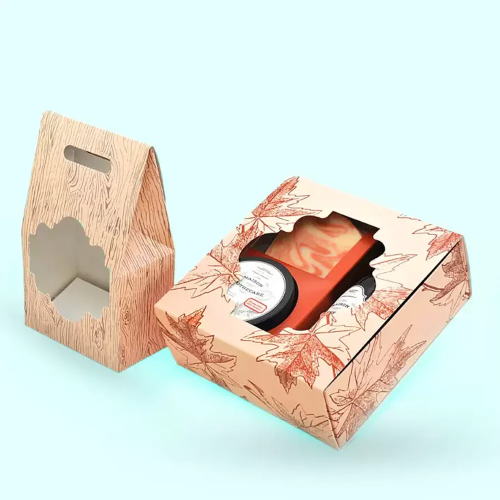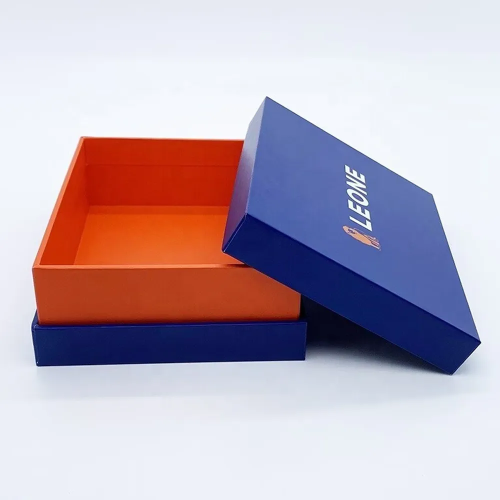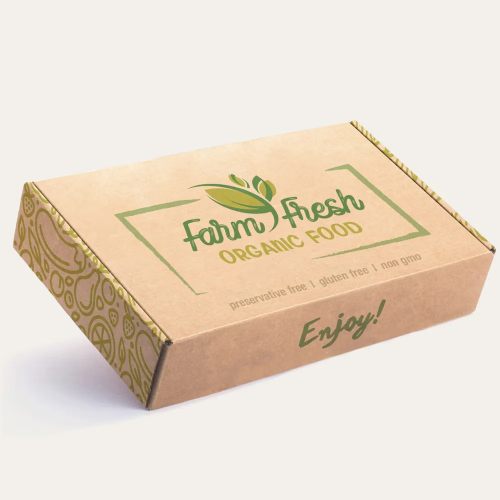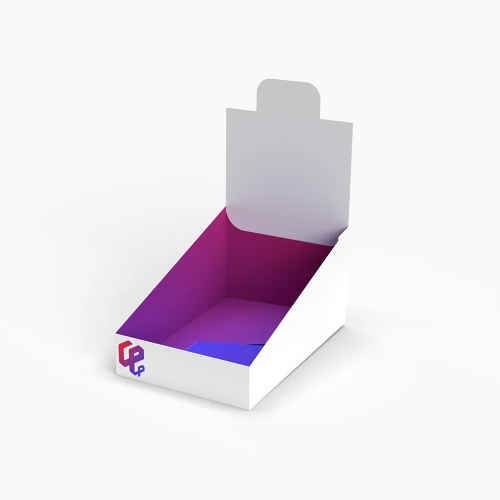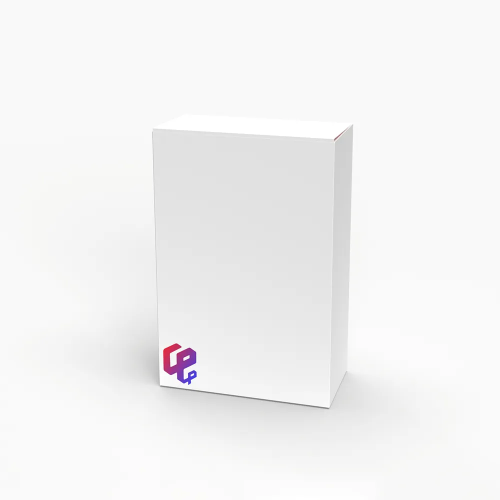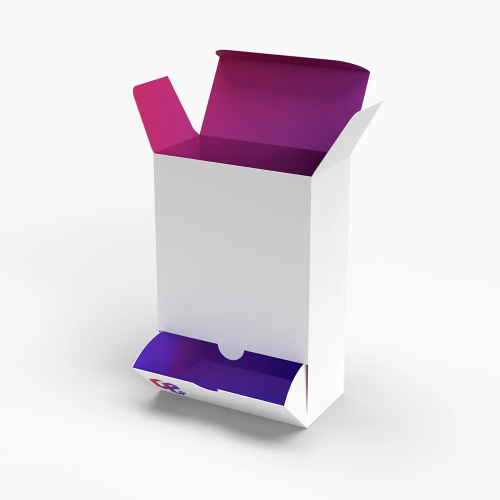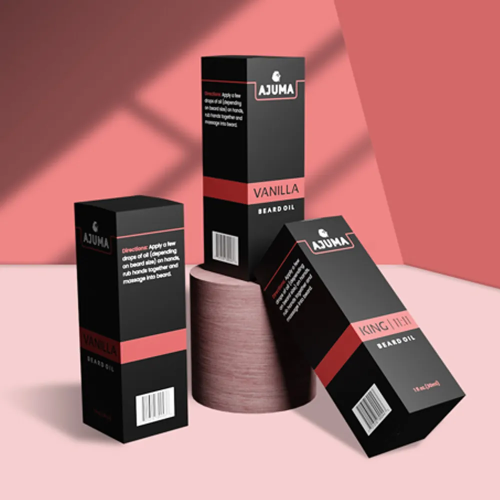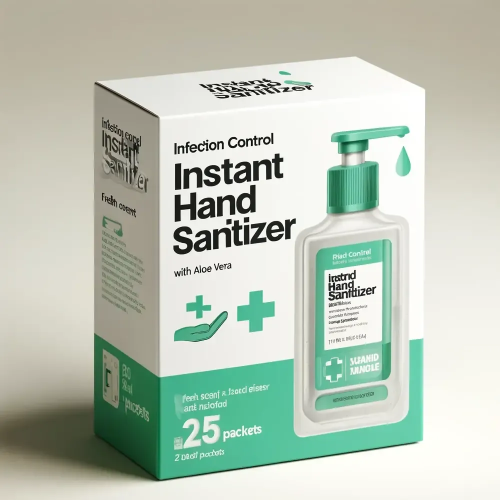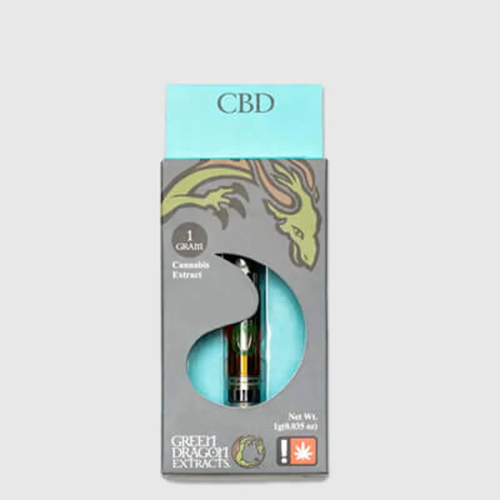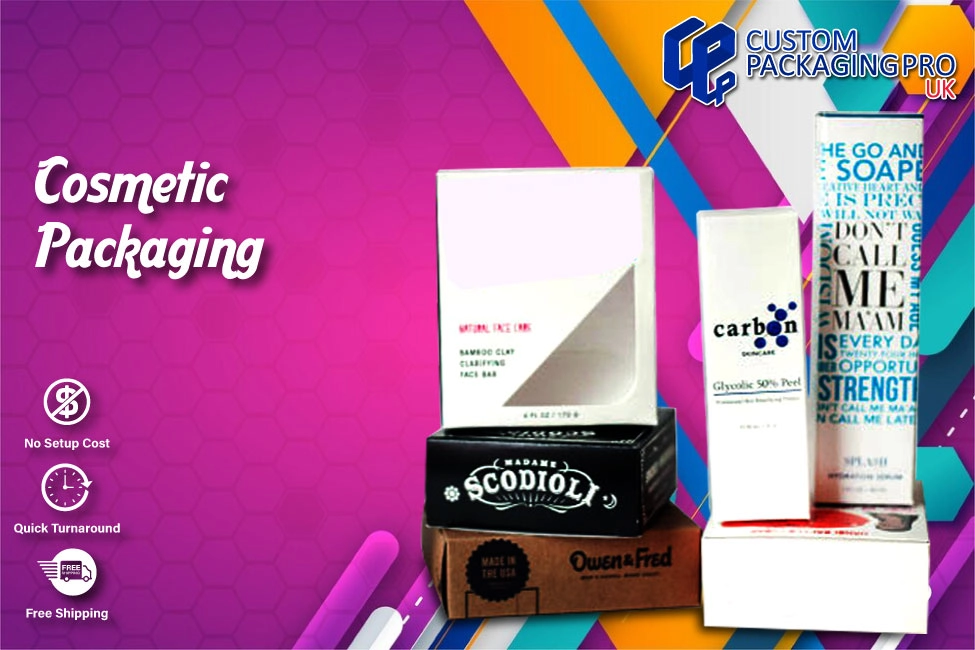Cosmetic Packaging is Your Means of Storyline in the UK
March 20, 2024
Since it is the first interaction of a brand with its would-be customers in the highly competitive market of cosmetic products, packaging design plays a significant role in product differentiation and promotion quite often. Cosmetic Packaging and the most important thing that it does is to protect the product against the environmental conditions. They can result in progressive impairment of quality, such as sunlight, oxygen and humidity. The preserving role becomes especially important in those formulations wherein the components include active substances and delicate substances that can easily be destroyed. Other than being protective, it can be used as a carrier of brand stories and involve consumers in active roles.
Suggesting New Sustainability Alternatives to Make Cosmetic Packaging Better
Selection of packages is made on the basis of their barrier activities, which protect the products and extend their shelf life. By utilising a well-designed product, you can make an emotional connection by communicating your values and beliefs to your clients. The identity of the brand is conveyed in the use of eco-friendly materials, their elegant, minimal design, and the resonance of their graphics on their Cosmetic Packaging.
How to Promote the Popularity of Your Brand in Cosmetic Boxes
It's becoming an attractive option to replace conventional plastics due to bioplastics produced using recyclable sources and compostable packaging materials or recycled products. They help protect products and improve brand recognition as part of the sustainable initiatives.
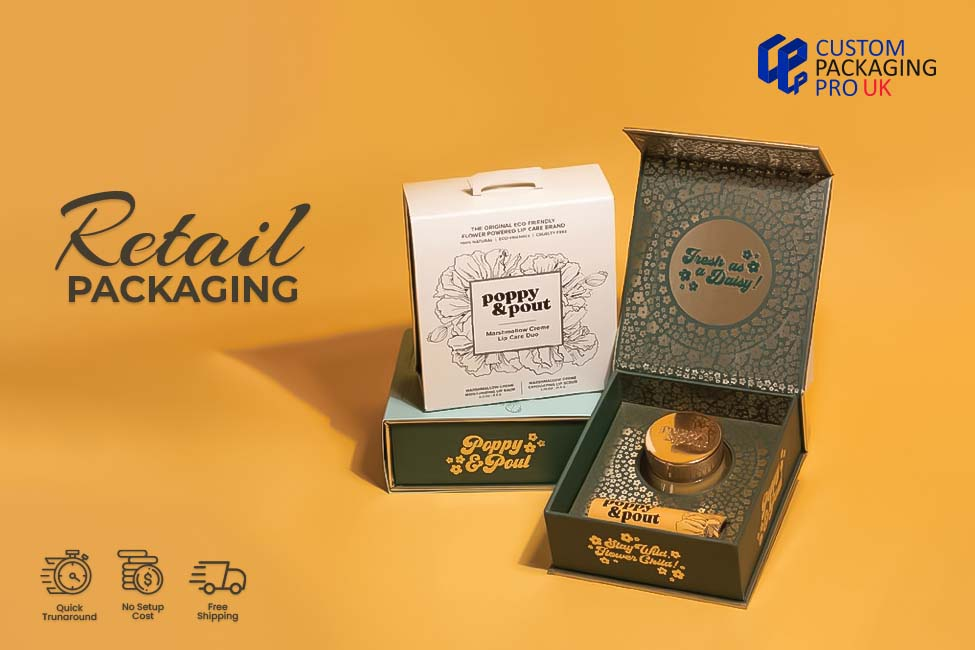
Creating a Retail Packaging that Differentiates your Products
They constantly serve as a first point of contact between a product and a would-be purchaser. Besides protecting and confining contents, the Retail Packaging and its significance go beyond that. These include branding, communications of the value proposition, and influencing the purchasing decisions. The retail environment is an extremely sophisticated environment with the packaging playing an important role as it is a powerful tool in the arsenal of companies that can be used in order to attract, influence and stand out amid competition. Essentially, it is a combination of functionality and aestheticism. That is why its major goal still remains to safeguard the product. As it is being transported and stored during the same period, it is also expected to generate a sense of sight and emotional appeal to the consumer.
Retail Packaging to get a Real feel of the Products
By creating very subtle tilts to sophistication, or bold, gleefulness in their packaging, they shape their product perception by creating the desire and curiosity in them. Retail Packaging can be defined as a physical embodiment of the philosophy and branding values. Use of the same visual reminder and messages creates customer loyalty towards the company brand and enhances brand recall. Logos, specific colours, and patterns that are characteristic of a particular brand create an image of a certain affiliation between a consumer and the brand that exists in their mind. The importance of packaging can therefore not be underscored when it comes to crafting brand narratives and can therefore tell a story about its craftiness, nature awareness, uniqueness and luxury depending on how they are positioned and what they stand for.
How to Make Sparse Style Choices to Increment Packaging
Retailers and consumers are put in an age where there are more and more pressures to engage in the practice of sustainable packaging methods. Many brands are getting increasingly involved with incorporating sustainable values into the design of their Retail Packaging strategies. Examples include using biodegradable cosmetic packaging and minimalist designs, aimed at reducing the amount of waste. The packaging design can directly impact the experience of the customer, as can be observed in the convenience of bags that are resalable and the feel of luxury in opening boxes containing luxury items. Functionality, ease of use and ergonomics have ensured higher rates of consumer satisfaction and positive culture/brand and product perceptions.
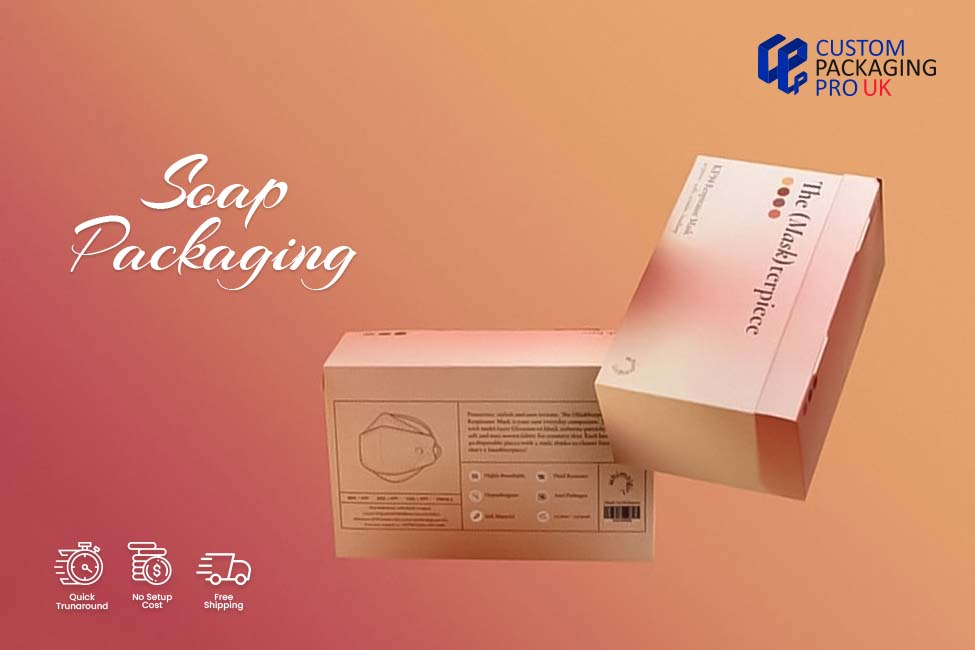
Soap Packaging will also be made a Body of Defence Against the External Things
In the sphere of consumer goods, the role of product packaging amounts to much more than just the provision of mere containment. This statement is particularly true with reference to soap since the latter is packaged in Soap Packaging to safeguard it. They make it communicate its inherent concepts and attraction to the potential buyers.
Soap Packaging against Moisture
Similarly, the liquid packaging is usually made out of glass and plastic. They keep away evaporation and contamination of contents, as a result of which their efficacy is maintained. But, Soap Packaging plays a crucial role in the protection of scents and the attributes in the design. It entices the mind and makes the whole product more attractive. It also serves as a source of support for a brand's identity and stories, and as a protection for the brand. By using efficient design elements, colours and imagery, companies can communicate their values and create a strong emotional relationship with their customers.
Packaging of Soap to Appease Consumer Preferences
The environmental pressure as a concern for consumers is increasing, which means that there is a rising need for packaging options which are sustainable. Manufacturers, for their part, are opting to use biodegradable and recyclable materials and decreasing the quantity of unnecessary packaging. Sustainable packaging is being used to satisfy the needs of consumers and also to show an environmental commitment. Therefore, this will reinforce brand image and generate loyalty in the minds of environmentally-conscious consumers. Soap Packaging is an aesthetic and functional aspect as well as a market positioning and differentiation tool.
